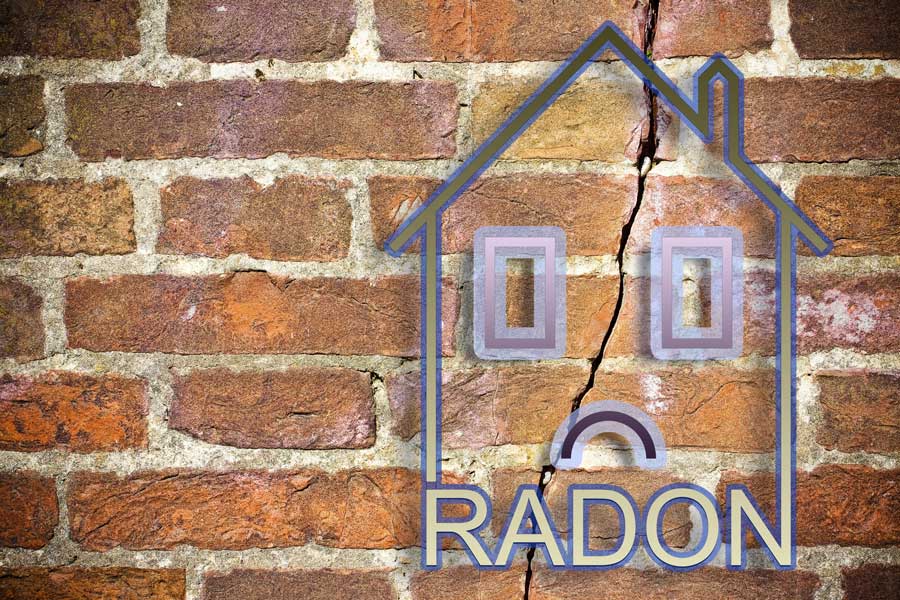
Buying a new home is exciting and scary. It must fit your family and lifestyle as well as be structurally sound. The house might fit your budget and style preferences but may have underlying problems such as radon gas emissions. If you are not quite sure what radon gas is and how it can affect you, allow us to explain.
What's radon gas?
Radon, a rare radioactive gas, emanates from the decay of thorium and uranium elements in the soil. After decaying, the gas is released and diluted in the air consumed by living organisms. The levels of radon gas vary across different places and gradually build up before seeping in through a building's walls and foundation. Inside buildings, the gas builds up in concentration until it reaches toxic levels. The colorless and odorless nature of the gas makes it difficult to spot or trace without the help of a radon test.
Dangers of radon in the house
As pointed out initially, radon gas is found in low levels in outdoor environments as it is diluted with fresh air upon release. However, in buildings and confined spaces, the deterioration process of uranium and thorium results in the release of the gas, which concentrates to hazardous levels. Despite having a higher density than air, the gas can flow across the building floor with the help of air conditioning systems that regulate the flow of air across the building. The main risk posed by the gas is lung cancer infection.
Radon Testing
With the help of Strouse Home Inspections, homeowners can conduct tests on the gas levels in a building. The 48-hour procedure entails putting two jars in the basement or ground floor of a room and letting them trap the air for the period. A testing officer then collects the jars and conducts a test to establish the gas levels in them. The results enable them to identify the amount of gas contained in the building. Alternatively, the official may use a radon sniffer and charcoal-filled canisters in the room. Since charcoal is a sound absorbent, by the time the 48 period elapses, the canisters are collected and tested for the concentration levels of the gas.
Solutions
If you have fallen in love with a home that has high levels of radon, all is not lost. There is radon mitigation available that can help reduce the concentration and levels of the gas in the house. The process involves sealing cracks and entry points of the gas in a building and fanning out the existing gas into collection pipes in the building through ventilation systems installed by the officials. Be mindful that you will need to budget around $1200 for mitigation services. But for the home of your dreams and peace of mind, that may be a price that you are willing to pay.
By Strouse Home Inspections 9-17-2021